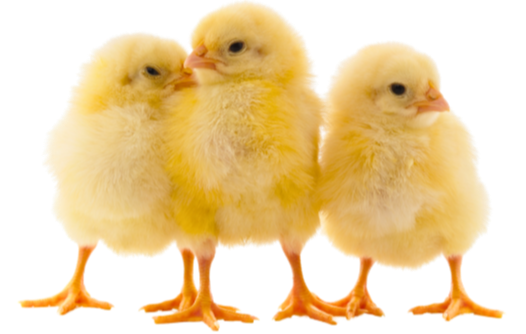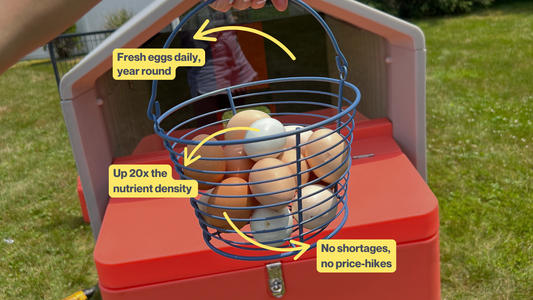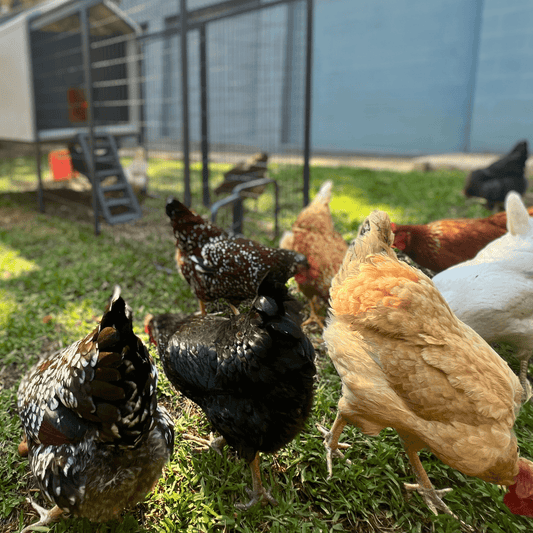
Bringing baby chicks into a home with existing pets can be an adorable — and delicate — adventure. 🐾🐥 With a little preparation and patience, you can safely help your furry friends and feathered newcomers live together in harmony.
Here’s your step-by-step guide to desensitizing your family pets to baby chicks — ensuring safety, calm, and connection from the start.
💛 Why Desensitization Matters
- Safety first: Pets have natural instincts — introducing chicks gradually ensures they don’t see them as prey.
- Stress reduction: A slow, supervised introduction helps both pets and chicks feel secure and relaxed.
- Harmony at home: A calm coexistence makes for a happier flock and family.
🐕 Step-by-Step Guide to Introducing Pets and Baby Chicks
Step 1: Prepare Before They Arrive
Before bringing chicks home, set up a secure brooder in a quiet, pet-free area. This will be their warm, safe haven for the first few weeks.
- Use a sturdy brooder box with a lid or mesh cover.
- Keep it off the ground to prevent curious noses or paws from reaching in.
- Check out our New Chick Supplies Checklist for everything you’ll need.
Step 2: Controlled Introduction (Sight, Sound & Smell)
Start small — let pets get used to the idea that chicks are part of the household.
- Sight & Sound: Place the brooder in a room where pets can see and hear the chicks but not touch them. This helps normalize their presence.
- Scent Familiarization: Gently rub a cloth on the chicks and let your pets sniff it. This helps them identify the chicks’ scent as “family,” not “prey.”
Step 3: Gradual Visual Interaction
Once your pets are calm and curious (not fixated or overexcited), allow supervised observation.
- Keep chicks in their brooder.
- Encourage calm curiosity — reward your pets for quiet behavior with treats and praise.
- Keep sessions short and positive.
Step 4: Controlled Physical Introduction
When your pets are calm and non-reactive, you can try closer, still-supervised introductions.
- For dogs: Use a leash for control. Let them approach slowly while you hold a chick securely. Reward calmness.
- For cats: Use a pet gate or mesh barrier. Cats are curious — let them observe safely without direct access.
Step 5: Supervised Close Interaction
After several successful sessions, let your pets and chicks interact more closely — still under your watchful eye.
- Hold a chick gently at your pet’s level and allow a brief sniff.
- Keep these sessions short — 1–2 minutes max — to prevent overstimulation.
- End on a positive note every time.
Step 6: Monitor & Reinforce Positive Behavior
Consistency and calm energy are key.
- Positive reinforcement: Treats and praise go a long way toward building good associations.
- Ongoing supervision: Continue monitoring interactions until you’re 100% confident in your pet’s behavior.
🐓 Bonus Tip: Gradual Integration into the Coop Life
Once your chicks are old enough to move into their Smart Coop, continue to supervise outdoor interactions. The coop’s enclosed design provides natural separation while still allowing pets to observe safely from outside the run.
✨ Final Thoughts
Desensitizing your pets to baby chicks takes patience — but it’s absolutely worth it. With gradual exposure, positive reinforcement, and steady supervision, your pets and chicks can coexist peacefully, bringing even more warmth and joy to your home.
Easy peasy pet pals — one cozy coop, one happy family. 🐕🐥💛



